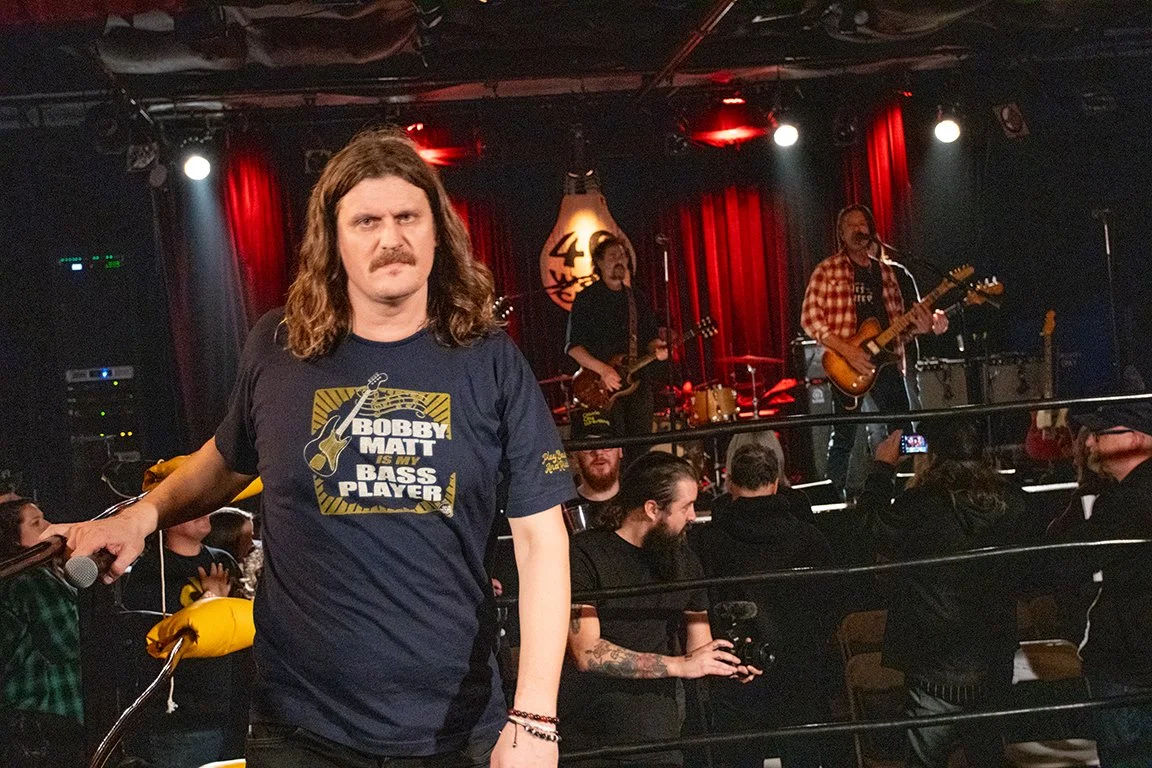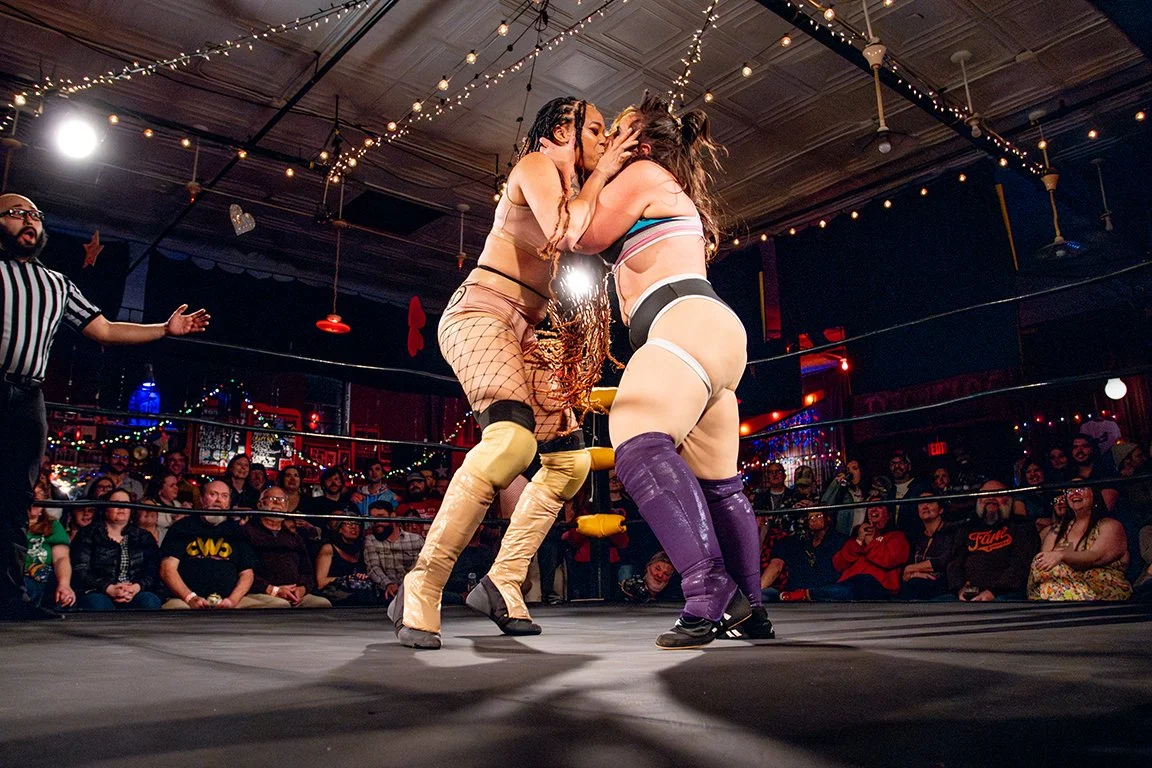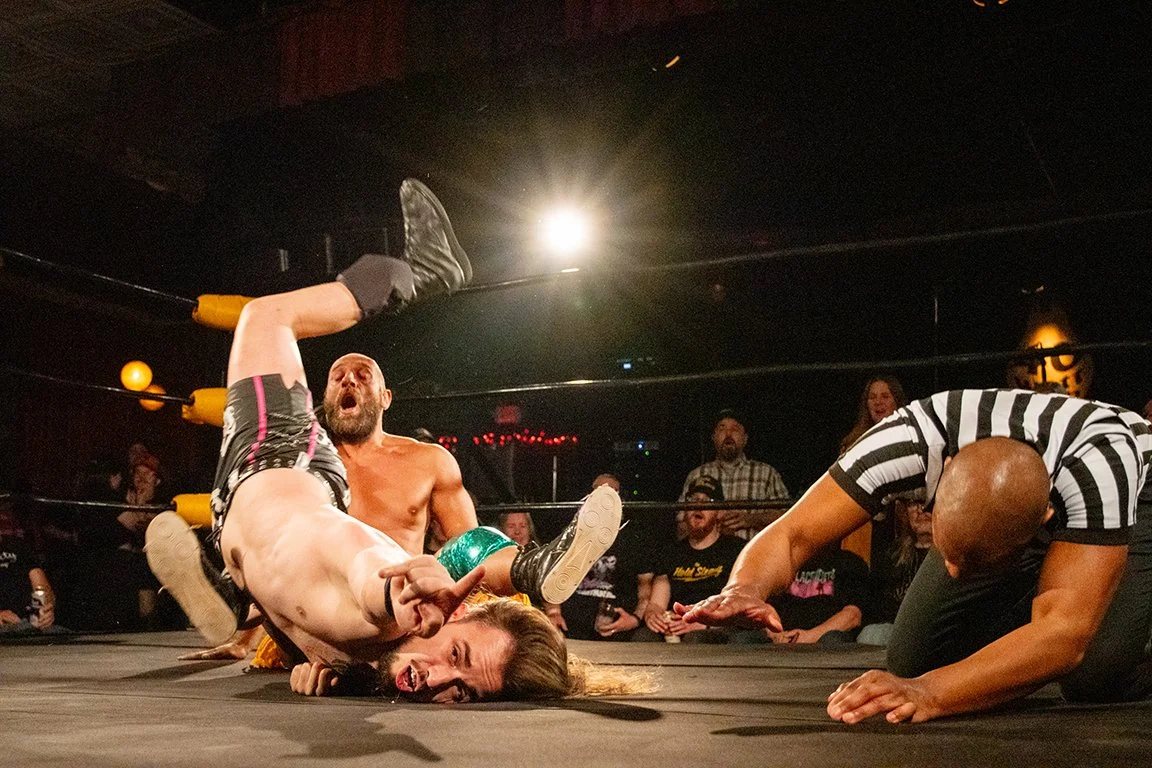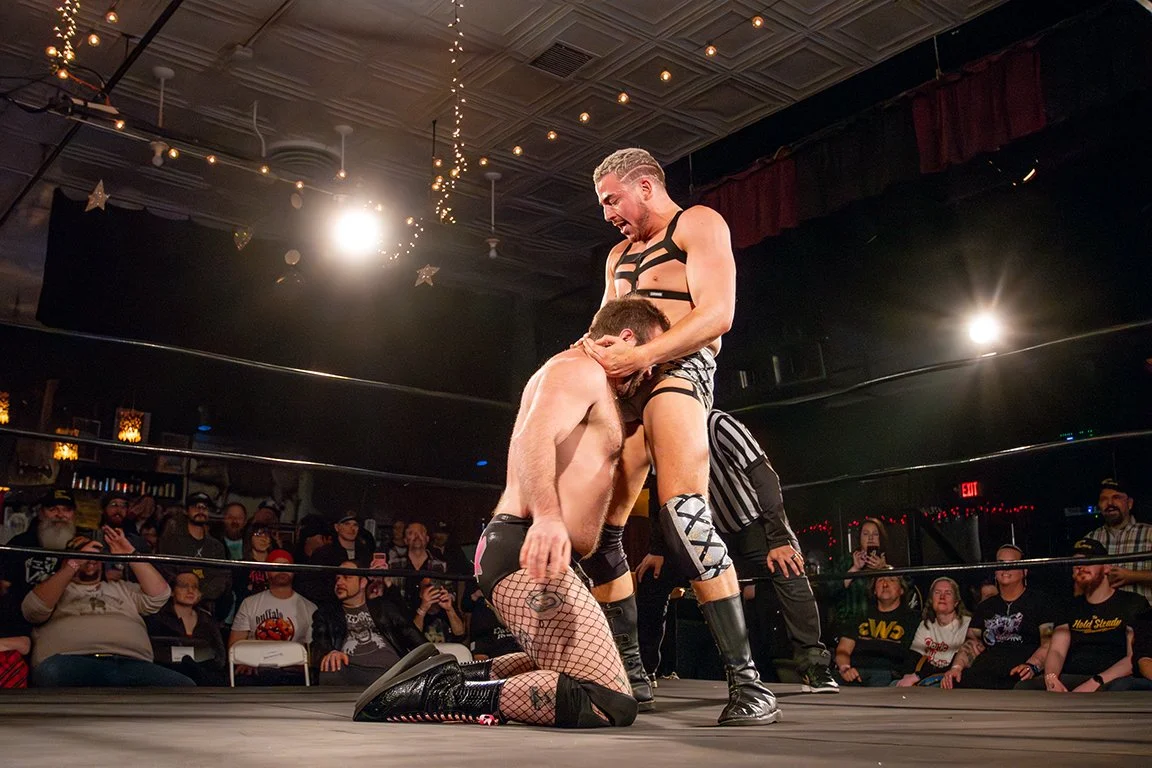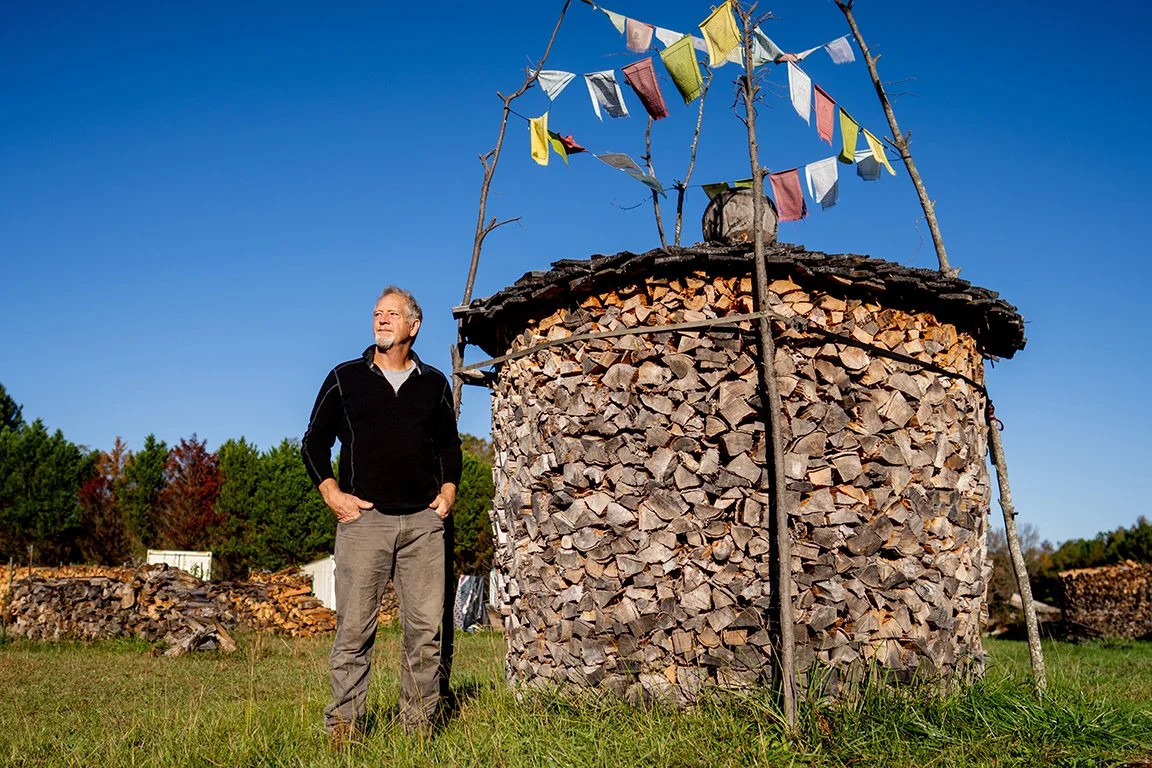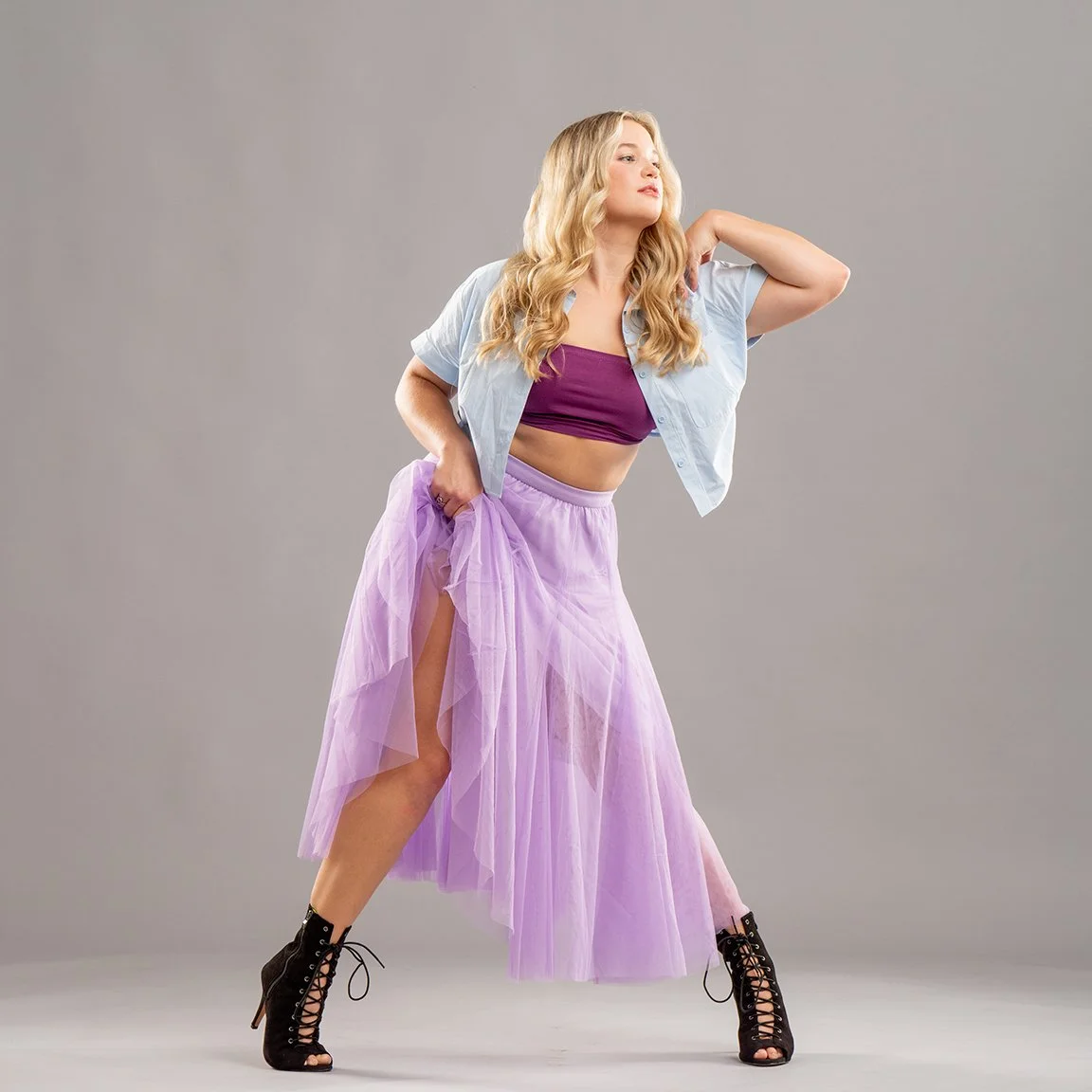Sapelo Island and The Alligator Pond
The Bell Hotel
The Bell Hotel - The 1916 downtown Athens building reborn as boutique hotel.
Following a two-year renovation, a commercial building at 183 West Clayton St. has been reborn as The Bell Hotel, an elegantly hip property being marketed as a “historic jewel” and celebration of art, architecture, and “timeless sophistication” in the heart of downtown. The project’s grand opening was held Tuesday.
The three-story building, situated about a block from University of Georgia’s campus, was constructed in 1916 to house advanced telephone equipment for the Southern Bell Telephone and Telegraph Co. (thus, the hotel name). The telephone company departed in 1966, and an era of private commercial use stretched across ensuing decades.
Atlanta-based developer Brad Foster, philanthropist Marie Brumley Foster, and their sons began work on the 108-year-old property in 2022. Working with preservationists, the restoration efforts discovered original design plans for the building by architect P. Thornton Marye, noted for his Moorish-style blueprints for Atlanta’s Fox Theatre, which opened 13 years after the Athens building.
Athens-based architectural firm Arcollab aimed to carefully restore the property while also transforming it, bringing the yellow-brick façade and terra-cotta detailing “to its former glory, reflecting the craftsmanship and grandeur of its era,” per project officials.
As boutique hotels go, this one’s very boutique, with just eight guest rooms (each with unique designs), plus a four-bedroom suite. One key addition was a rooftop terrace with panoramic downtown Athens views; that was possible because the century-old building’s reinforced concrete, post-and-beam structure remained robust, per officials.
Other design highlights include a parlor-style lobby, a centerpiece grand staircase, and what’s described as statement lighting, chic furnishings, and a bevy of curated art, as selected by interior design firms Simplicity: A Southern Lifestyle and Seiber Design.
Classic City Wrestling and the Drive-By Truckers
Classic City Wrestling and the Drive-By Truckers at the Fabulous 40 Watt Club
John Cleaveland - The Jimmy Carter Landscape
John Cleaveland - The Jimmy Carter Landscape
John Cleaveland, Jimmy Carter, and Southern Landscape that Connects Us All
Story by Russell Worth Parker / Photography by Jason Thrasher - Originally Published in Garden & Gun
John Cleaveland never meant to be an artist when he left Jacksonville, Florida in 1980, planning to study forestry at the University of Georgia. For a “total redneck [who] loved the woods and being outside,” forestry made a lot of sense. But when Cleaveland arrived, Athens, Georgia, was experiencing an intoxicating moment. The B-52s were touring the nation after their cocktail-fueled birth during a 1976 jam session. R.E.M. was playing house parties, still three years away from their debut album, Murmur. The first Georgian to lead the nation was in his last few months in the Oval Office. Things were in motion, a gentle riot of light and color and sound.
Today, a visitor to Athens pays $25 to walk amongst chain stores following a guided music history tour. But Cleaveland’s Athens meant immersion in a DIY movement born of humidity-swollen nights and dawn’s mist clinging to kudzu fields, of ramshackle rental houses redolent of cheap beer and dance-fueled sweat, and artists who rode a creative flood into a formerly quiet, quirky town, seeking cheap living and inspiration.
After a few semesters spent thinking about pine forest basal layers and the application of fire to the southern landscape, Cleaveland took an art appreciation class for non-art majors taught by a sculptor named Bill Squires. Squires allowed his two hundred students to either write an essay or fill a sketchbook. Cleaveland, troubled by dyslexia, filled two. When he returned them, Squires said, “I need to talk to you.” Eventually dissuaded of the notion that Cleaveland was an art student padding his GPA, Squires said, “You know, John, I have never had anybody turn in anything like this. You should take some drawing classes. You've got some talent.”
Turning away from forestry, Cleaveland set his sights on becoming a graphic designer, figuring that even in Athens’ early-80s party-to-party atmosphere he had to make a living. There was but a single problem, “I couldn't get into graphic design school.” But by then, Cleaveland was beginning to understand that life is not linear, that, often, one should listen to what the landscape is telling you. “One of my teachers was Herb Creasy, a wild man abstract expressionist. I was in his color theory class, and he heard me talking about it and said, ‘Cleveland, they don't want you in that f*cking school. You can't follow directions for shit. You never do what the project's supposed to be. But that's not a bad thing. You should take my painting class next quarter.’ And the first day of his class, it was like, ‘Oh, here's what I'm good at!’”
What Cleaveland is good at has evolved over the intervening four decades, leaving a legacy on permanent display in fine art institutions like the Asheville [NC] Art Museum, the National Museum of the Marine Corps, and the Morris Museum of Art in Augusta, Georgia. His landscapes also hang in private and corporate art collections in places like the 3M Company, Bessemer Trust, and the Alabama Power Company. But the work and place that may best explain Cleaveland is a pair of 4’ x 8’ landscapes, expansive contemplations of the Broad River and a Georgia hillside respectively, hanging in the University of Georgia’s State Botanical Garden of Georgia, a place built to “be a garden that celebrates the best in southern horticulture, natural heritage, and culture through excellence in gardening displays and practices and stewardship of healthy natural ecosystems.”
Cleaveland’s work residing in the Botanical Garden’s ecosphere reflects his artistic purpose. “My point has been, since I was 26 and finally found what I was supposed to paint, landscapes in Georgia, was to find the beauty in the common, in what's around me, and in what's worth paying attention to. I'm able to grab it at a time and stop it. I'm painting to engage you in a nostalgic endeavor, which is not looking back at something with rosy glasses, but making you want to be there; to feel the things evoked. I'm evoking home. I'm evoking slow. I'm evoking nature. They're all connected.” Now that connection has all come together at The Carter Center in Atlanta, Georgia, in a new show entitled The Nature of the Man: Landscapes from the Childhood of Jimmy Carter timed to coincide with President Carter’s 100th birthday.
Standing in Cleaveland’s Farmington, Georgia home and studio, formerly the tiny community’s general store, pool hall, and post office, looking at the twenty-one paintings meant to tell the story of Carter’s boyhood in Sumter County, Georgia, I feel everything Cleaveland means to evoke while also furthering his mission to reveal the connections we all share with, and through, the land around us. The images are sufficiently realistic to be visceral while not so hyper-realistic as to feel cold or calculated. His work is alive. I hear the water in the creek. I feel the barefoot chill of sand on a Georgia creekbank. I smell freshly turned dirt on the breeze giving life to the curtains in a farmhouse window. They are things I know, things I have lived.
The work, as Cleaveland intends, stands alone. But for the show, each painting will have a QR code next to it that will, once scanned, allow the viewer to listen to Jimmy Carter read portions of An Hour Before Daylight related to, or inspirational of, the specific work they are viewing. For Cleaveland, “It's a way of paying homage. I'm no hero worshiper, but as far as people who are up on a plane of what they've done with their life and the stands they've made that are admirable, Jimmy's a North Star. He wanted to get ahead environmentally of where we're at, and where we're at now sucks. And if we had been doing some of the things he wanted and knew we needed to do, we'd be in a better place. Talk about somebody with foresight, Georgia's rivers are in the shape they're in because he was governor. Because he chose to say, ‘We're going to do this’. And when you go down to the coast, there are islands that aren't developed because, as a governor, he worked with the people that were down there and said, ‘We want to save these things, how can we do it?’”
As much as The Nature of the Man honors President Jimmy Carter, the show is also intensely personal. Cleaveland’s son Atticus, a kind boy on the precipice of manhood and deeply focused on the environmental state of the South, took his own life on November 4, 2020. Cleaveland wears the pain of that loss just beneath the surface of a face deeply lined by years and elements. With his rangy frame muscled from chopping and stacking firewood in artistically arranged piles for the business he maintains when he is not painting away the darker hours of the day, his is a masculine energy. But to ask him how much of the show is about Atticus, the son with whom Cleaveland read An Hour Before Daylight multiple times, is to invite immediate tears from closed eyes and a response choked through a fist-covered mouth, “All of it.”
If the paintings in the show express Jimmy Carter’s love of the land, they speak wordless volumes about Cleaveland’s love for his child and the land through which they are still connected. Even more pointedly, it celebrates the connection with Atticus that Cleaveland built through Carter’s story. As Cleaveland says, “This beautiful man, he's talking about growing up in this hard place, but he loves it so. You get in the book that his father was not an emotional man, and Jimmy just worshiped the ground he walked on. And that's why, when his father was dying, he came back to Plains and changed his trajectory in life, realizing ‘I'm needed here in this community.’ I read that book when Atticus was little, about Jimmy Carter growing up in this place that didn't exist anymore, and I cried at parts of it. I've got a photograph of Atticus down there in Plains the last time Jimmy taught Sunday school. Atticus got to hear him. I thought that it was a great gift. And then a couple of years ago, I thought, I have all these images from the times I read that book. A lot of people don't have a visual image of what Jimmy is saying to them about standing in this creek, fishing with his father with a stringer tied to his belt loop. They don't know what that feels like. They don't even know what the place would look like.”
“The Nature of the Man” Opens at the Carter Center Presidential Museum in Atlanta, Georgia, on December 14, 2024, and runs through March 31, 2025. There will be a reception open to the public at 4:00 pm on the first day of the show, of which Cleaveland is clear, “Anybody can show up because it's the Carter Center. The idea is food that is pure hospitality, stuff you might find on the table at the church. Paper plates and metal flatware, no single-use plastics because let's be hospitable, but also be conscious of what we're doing.” It's an approach that celebrates both Carter and the paintings that celebrate his boyhood, of which Cleaveland says, “We say it ‘speaks to you’, but it's not speaking to you. It's just an invitation to turn off all the other noise.”
UGA Dance Dept
Photographs for The Young Choreographers Series - Chaos Theory



















































